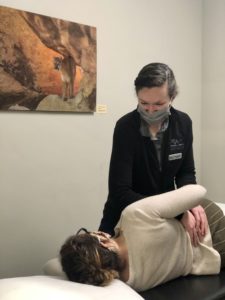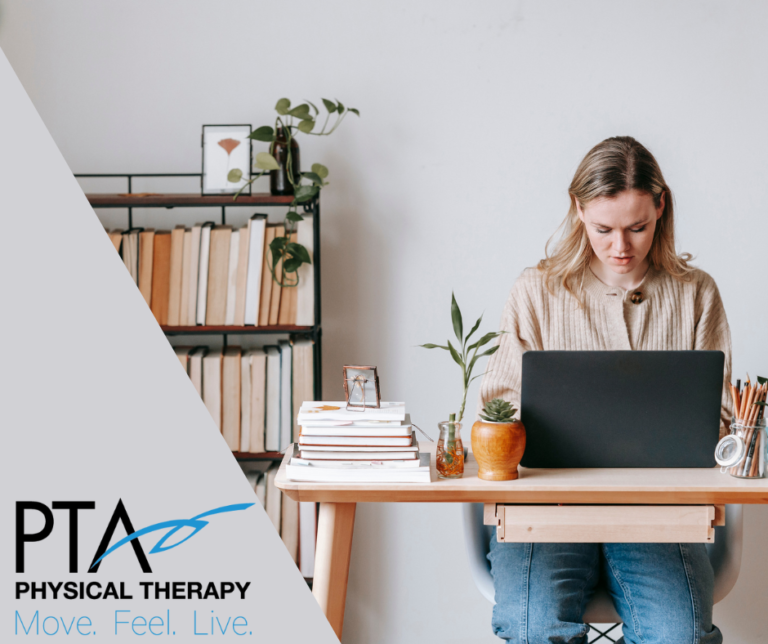It’s likely that at some point in your life, you’ve experienced back pain. Whether it was after cutting firewood, picking up your grandchild, shoveling, or spending too much time hunched over at your desk, odds are you’ve done something to make your back sore. It’s a problem that millions of other Americans experience as well, to the extent that low back pain is the leading cause of disability in the United States. As common as back pain may be, it is NOT normal to experience it every day. If you’re sick of being sore, there’s plenty of ways your physical therapist can help.
Types of low back pain
Sometimes, your back may ache after a specific incident. If you can pinpoint the cause, like straining too hard to lift a heavy object, this is referred to as acute pain. Other causes of acute back pain can include falls, car accidents, muscle strains, and many more. Acute pain accounts for the minority of back pains (less than 20%), and usually will be less bothersome within a few weeks. Even if you are experiencing acute pain, hands-on treatments like manipulations, stretching, dry needling, and other strengthening exercises from your physical therapist can help you feel better even faster.
Unfortunately, chronic low back pain is much more common. This is best described as lasting, nagging pain that persists more than 3 months and is not related to any new tissue damage. Your pain may change on a day-to-day basis, but never completely goes away for you. Interestingly, this kind of pain is not only associated with prolonged sitting, obesity, or decreased activity but also psychological factors. Life situations like dissatisfaction at work, depressive moods, high stress, or low income also can cause your pain to increase, even though there is no additional physical changes occurring with your back at all. Your physical therapist will have the knowledge and the time to help you understand what may be causing your pain.
Treatment
It is very likely that if you seek medical treatment for your low back pain, you will be offered some sort of medication. Muscle relaxers, anti-inflammatories, corticosteroids, and ibuprofen can be effective in helping you feel better in the short term, but often these are viewed as a band-aid utilized to cover up your symptoms. Additionally, with the addictive nature of opiate-based medications becoming more apparent, many providers are instead turning away from medications and prescribing more movement. No two physical therapy treatment plans are the same; your interactions will be tailored to address the specific causes of your pain and to fit your lifestyle. Your physical therapist can help you find ways to incorporate more movement, address life stressors, employ relaxation techniques, and make healthier lifestyle choices to improve your overall quality of life.
Bottom line
Even though back pain is very common, it should not be accepted as the norm. At PTA, we don’t want you to be experiencing pain every day. We want to help decrease your symptoms, whether acute or chronic, to help you move better, feel better, and live longer.

Source: Ehrlich, George E. (2003). Low back pain / George E. Ehrlich. Bulletin of the World Health Organization: the International Journal of Public Health 2003; 81(9) : 671-676 https://apps.who.int/iris/handle/10665/72036




